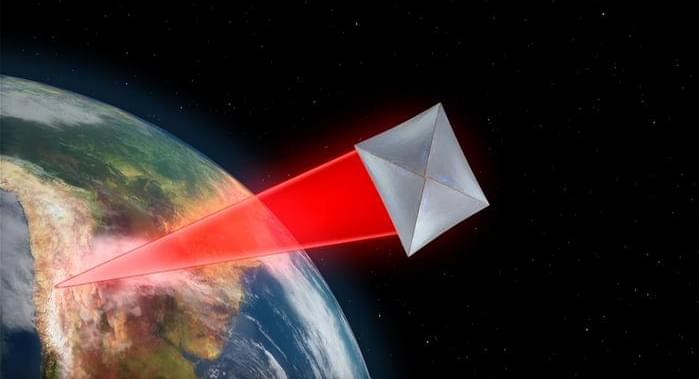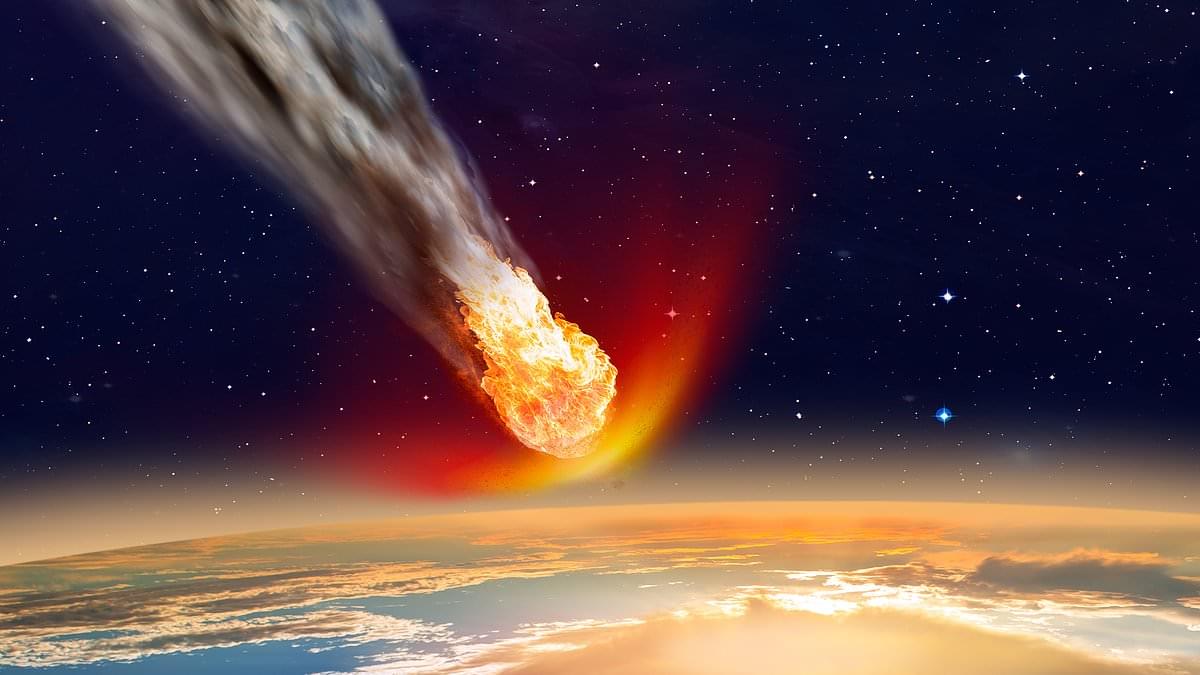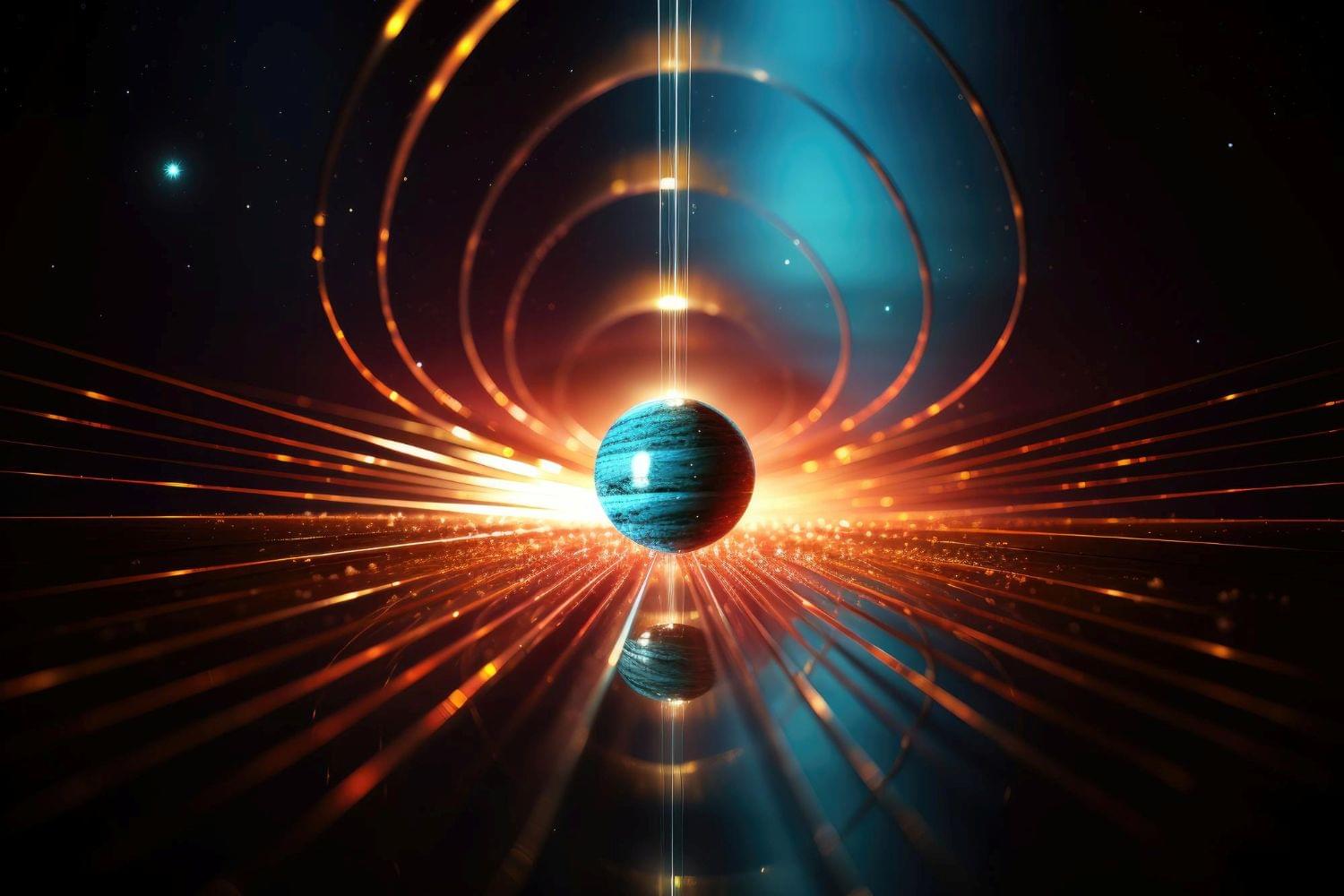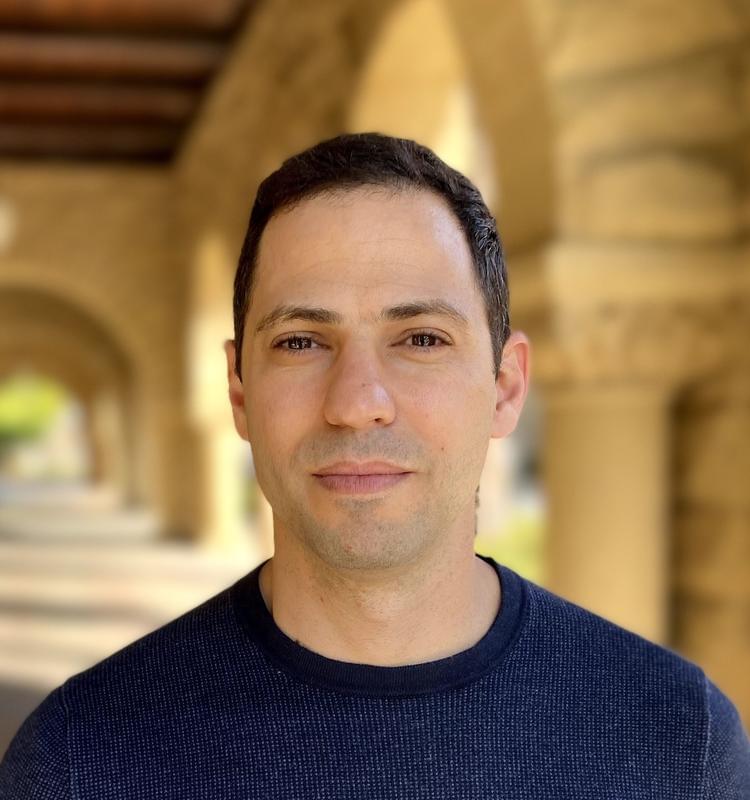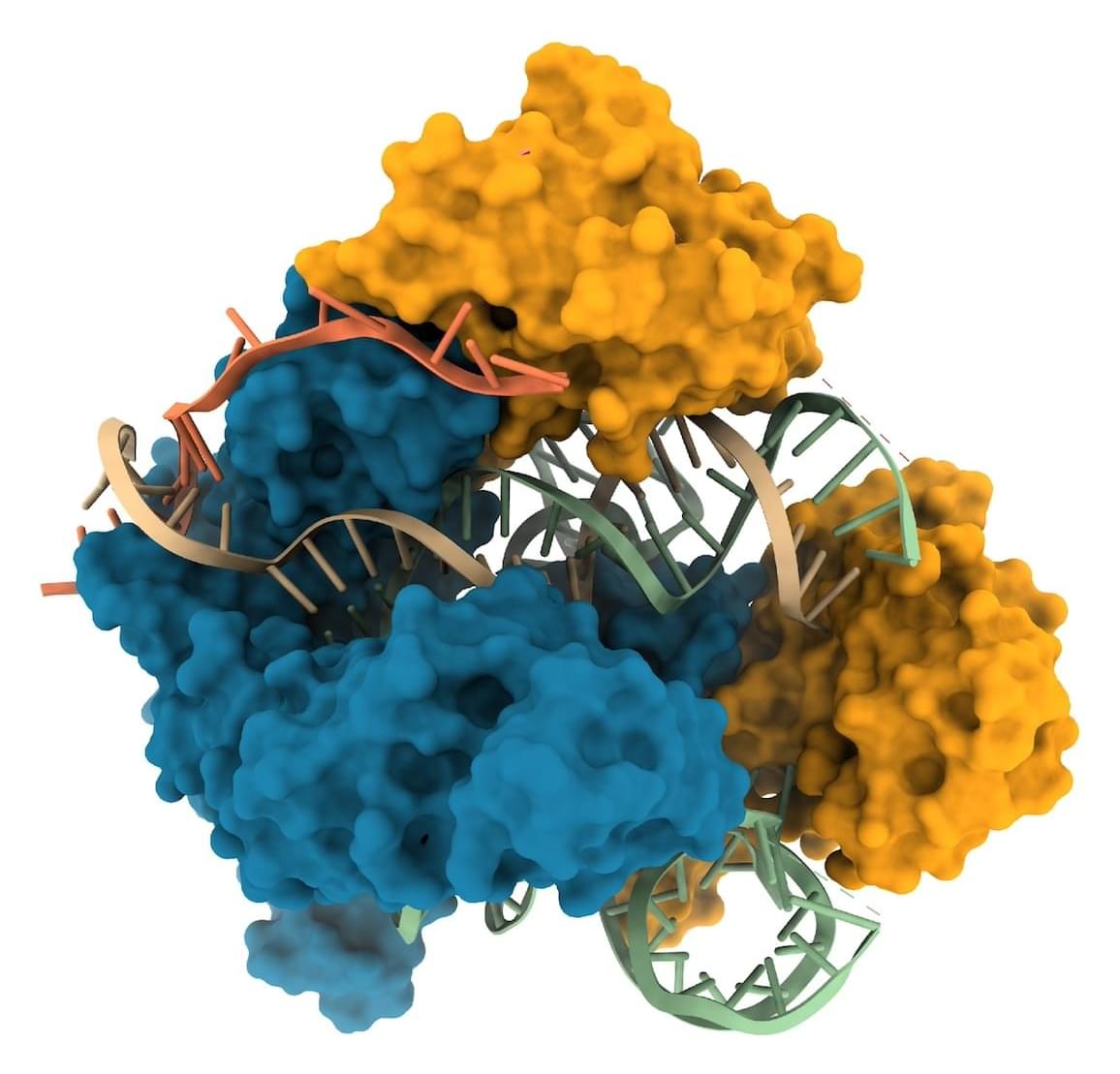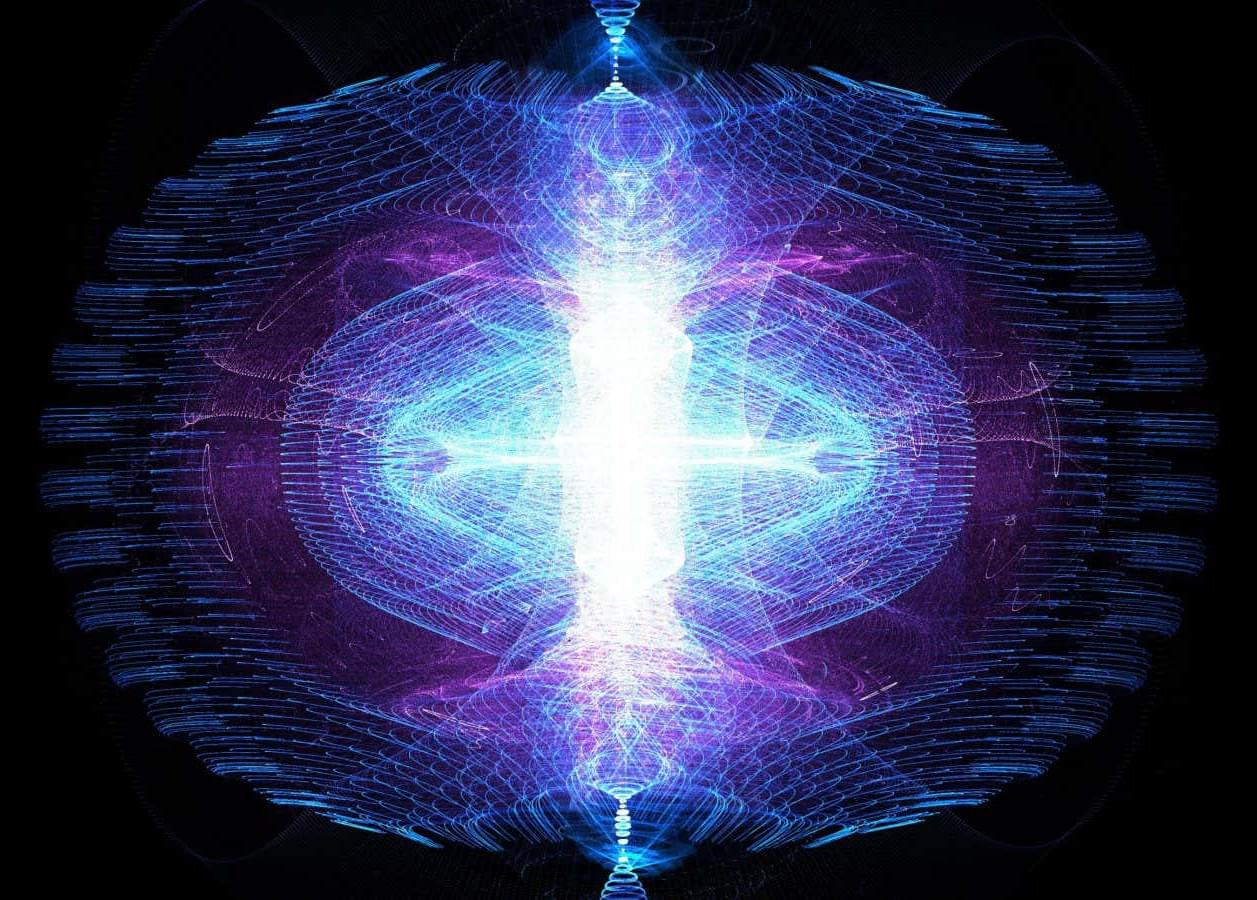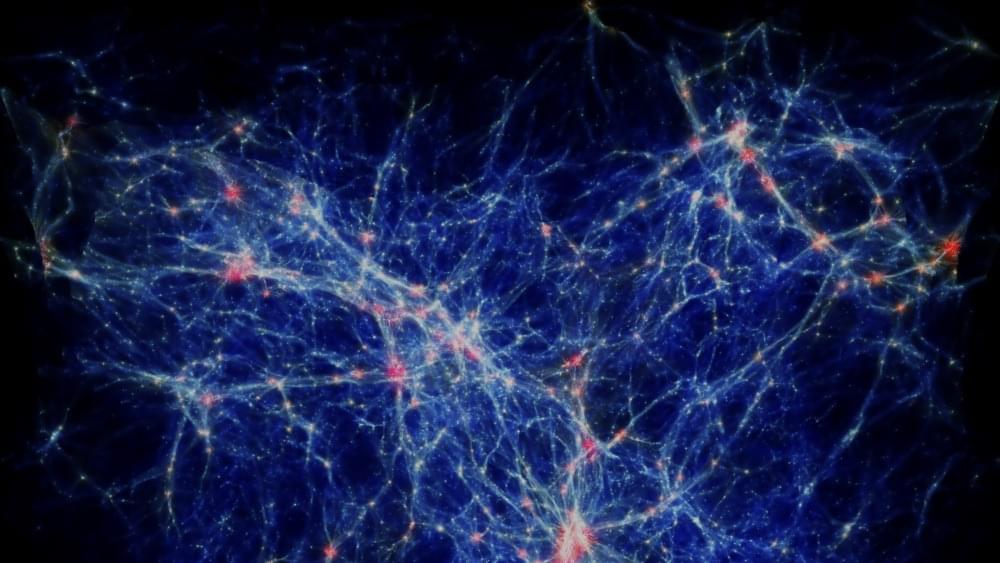Simulation Metaphysics extends beyond the conventional Simulation Theory, framing reality not merely as an arbitrary digital construct but as an ontological stratification. In this self-simulating, cybernetic manifold, the fundamental fabric of existence is computational, governed by algorithmic processes that generate physical laws and emergent minds. Under such a novel paradigm, the universe is conceived as an experiential matrix, an evolutionary substrate where the evolution of consciousness unfolds through nested layers of intelligence, progressively refining its self-awareness.
#SimulationMetaphysics #OmegaSingularity #CyberneticTheoryofMind #SimulationHypothesis #SimulationTheory #CosmologicalAlpha #DigitalPhysics #ontology

